Chile’s Easter Island
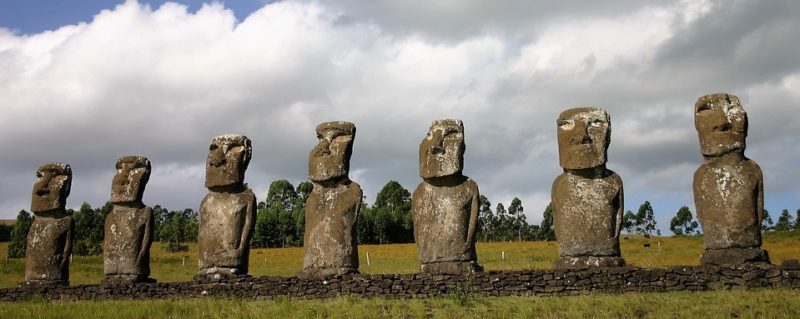
The tiny, windswept speck of land called Rapa Nui, aka Easter Island, continues to captivate a curious world long after its “discovery” by the Dutch West India Company on Easter Sunday 1722.
It’s the world’s most remote inhabited island—over 1,200 miles from its nearest populated neighbor, Pitcairn Island. Easter Island is best known for its moai, more than 800 huge, elongated stone figures, 50 of them standing like giant chess pieces staring eyeless at the distant horizon. Measuring an average of 14 feet tall and weighing 10 tons apiece, they were carved from the island’s volcanic tufa stone by early Polynesian settlers sometime between the 9th and 17th century, transported for miles by means that have confounded modern-day observers, and raised onto great stone altars.

The best are part of Ahu Tongariki, the largest excavated and restored series of moai on the island. Relatively little is known about their purpose or history, although possible clues are on exhibit at the nearby Museo Antropológico Sebastián Englert and its affiliated library and bookstore.
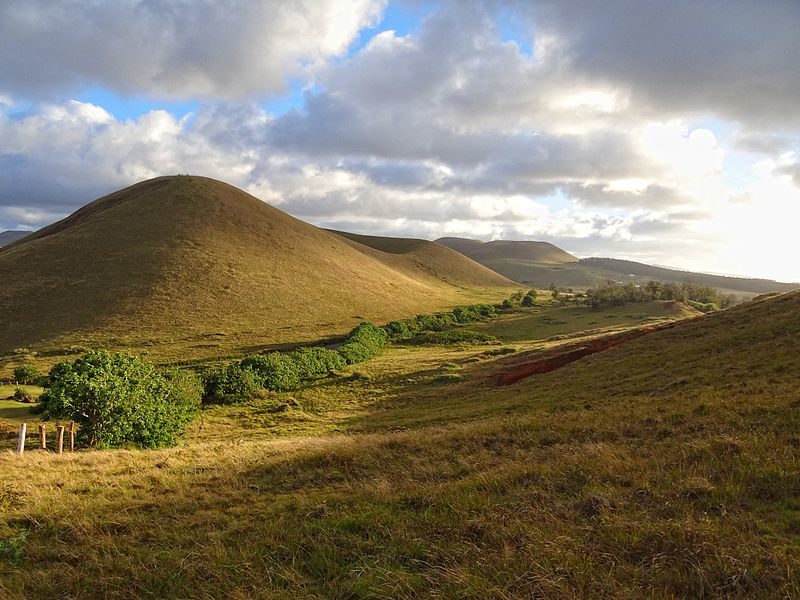
The mystery—as well as the statues themselves—are so engrossing that few visitors leave enough time to take advantage of the island’s adventure options: biking, trekking, and horseback riding. Not to mention the beaches, which include Anakena, where the white sand lies within view of several moai, and Ovahe, which features pink-tinged sand and dramatic rock formations. Despite its world renown, 63-square-mile Easter Island retains an old–South Pacific air, with just one main road and a cluster of modest hotels in and around Hanga Roa, the small town where nearly all the island’s population of 4,700 live.

And don’t forget to check out the book!
 About the Book:
About the Book:
The world’s bestselling travel book is back in a more informative, more experiential, more budget-friendly full-color edition. A #1 New York Times bestseller, 1,000 Places reinvented the idea of travel book as both wish list and practical guide. As Newsweek wrote, it “tells you what’s beautiful, what’s fun, and what’s just unforgettable—everywhere on earth.” And now the best is better. There are 600 full-color photographs. Over 200 entirely new entries, including visits to 28 countries like Lebanon, Croatia, Estonia, and Nicaragua, that were not in the original edition. There is an emphasis on experiences: an entry covers not just Positano or Ravello, but the full 30-mile stretch along the Amalfi Coast.
Every entry from the original edition has been readdressed, rewritten, and made fuller, with more suggestions for places to stay, restaurants to visit, and festivals to check out. And throughout, the book is more budget-conscious, with starred restaurants and historic hotels such as the Ritz, but also moderately priced gems that don’t compromise on atmosphere or charm.
The world is calling. Time to answer.
Buy the Book
Amazon | B&N | Indiebound | Workman

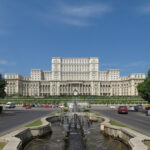
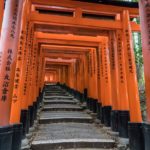

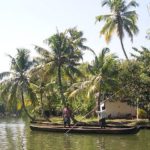
No Comments